Understanding Construction Photography
Construction photography is an essential and specialized field focusing on documenting various stages of a construction project. This type of photography captures the essence of a building or a set of buildings from their initial conception to their final form, offering a transparent view of the construction process.
It is particularly valuable for businesses, as it showcases the operation of a team and the results of their work. The images can be used for various purposes, from marketing to documenting the hard work and innovation involved in construction.
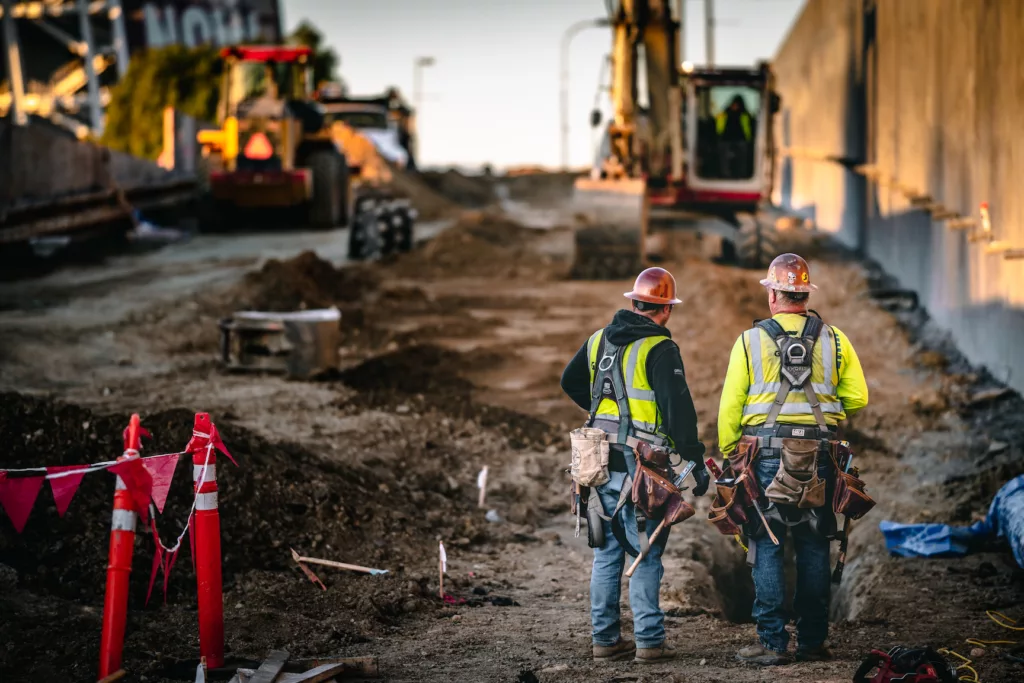
Key Purposes of Construction Photography
Construction photography serves several critical functions, including:
- Behind-the-Scenes Insights: Capturing images of workers in action, providing a glimpse into the day-to-day workings of a construction site.
- Project Showcase: Highlighting the completed construction project.
- Marketing Material Creation: Producing content for brochures, websites, and other promotional materials.
- Celebrating Work Ethic: Immortalizing the hard work, passion, and innovation inherent in every construction project.
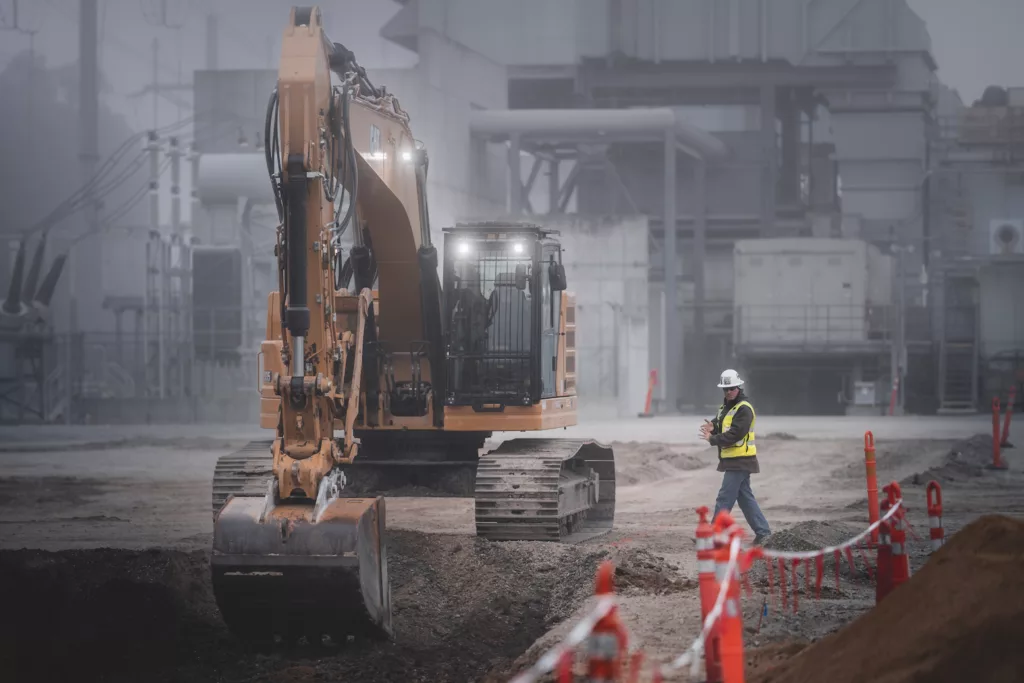
Tips for High-Quality Construction Photography
To achieve the best results in construction photography, consider the following tips:
- Shot List Development: Plan and organize the photo shoot with a comprehensive shot list.
- Lighting Enhancement: Use lighting effectively to capture the true ambiance of the construction site.
- Perspective Variation: Include overhead shots using drones and other techniques to capture all project angles.
- Maintain Focus: Ensure images are sharp and clear.
- Scale Representation: Use objects for scale to illustrate the size and dimensions of the project.
- Clutter Removal: Keep the frame free from distractions, focusing solely on the construction elements.
- Physical Proximity: Move closer to the subject rather than using zoom for better image quality.
- Light Manipulation: Pay attention to how light interacts with structures and consider using filters or diffusers for the best effect.
Importance of Good Lighting
Good lighting is crucial in construction photography. It not only impacts the perception of the architecture and progress in the photographs but also highlights the aesthetic beauty and architectural essence of the projects.
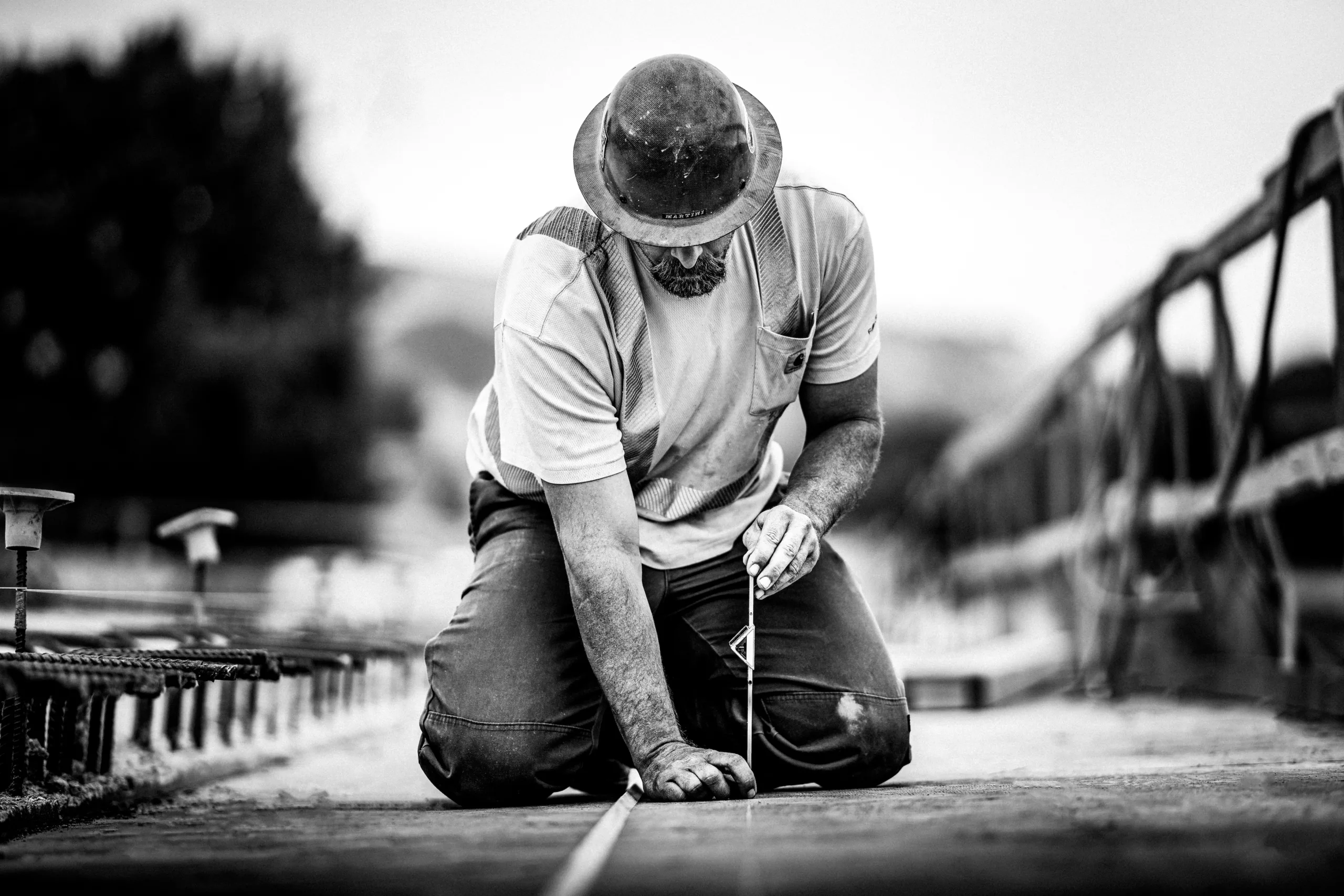
Choosing the Right Equipment for Construction Photos
The quality of construction photography significantly depends on the choice of equipment. Below are some essential tools and their purposes:
Cameras and Lenses
- DSLR or Mirrorless Cameras: These offer high image quality and flexibility with interchangeable lenses.
- Wide-Angle Lens: Ideal for capturing large structures or confined spaces.
- Telephoto Lens: Useful for close-up shots of specific construction details.
- Drone Camera: For aerial shots and unique perspectives of the construction site.
Supporting Equipment
- Tripod: Essential for stability, especially in low light conditions or for long exposure shots.
- External Lighting: Helps in enhancing the natural light and illuminating dark areas.
- Filters: Used to manage reflections and enhance colors.
- Protective Gear: Necessary to protect the camera and lenses from dust and debris common in construction sites.
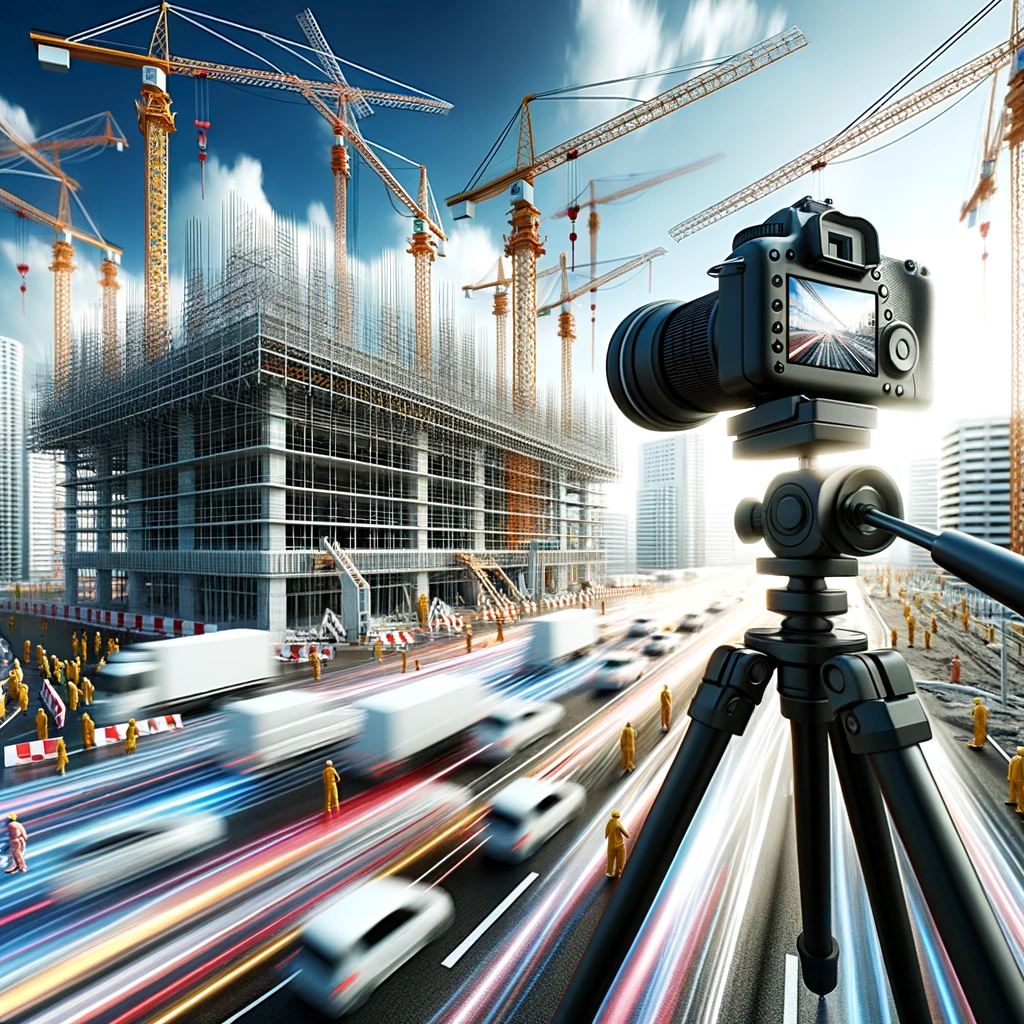
Planning and Execution of Construction Photography
Preconstruction Phase
- Initial Consultation: Understand the project scope and key elements to be captured.
- Site Assessment: Visit the site to plan shots and understand the lighting conditions.
- Shot List Creation: Develop a detailed shot list based on the project stages and key features.
Active Construction Phase
- Regular Visits: Schedule visits during significant milestones to capture the progress.
- Worker Interaction: Include shots of workers in action, ensuring safety and compliance.
- Dynamic Shots: Capture different stages and elements, from machinery in use to intricate architectural details.
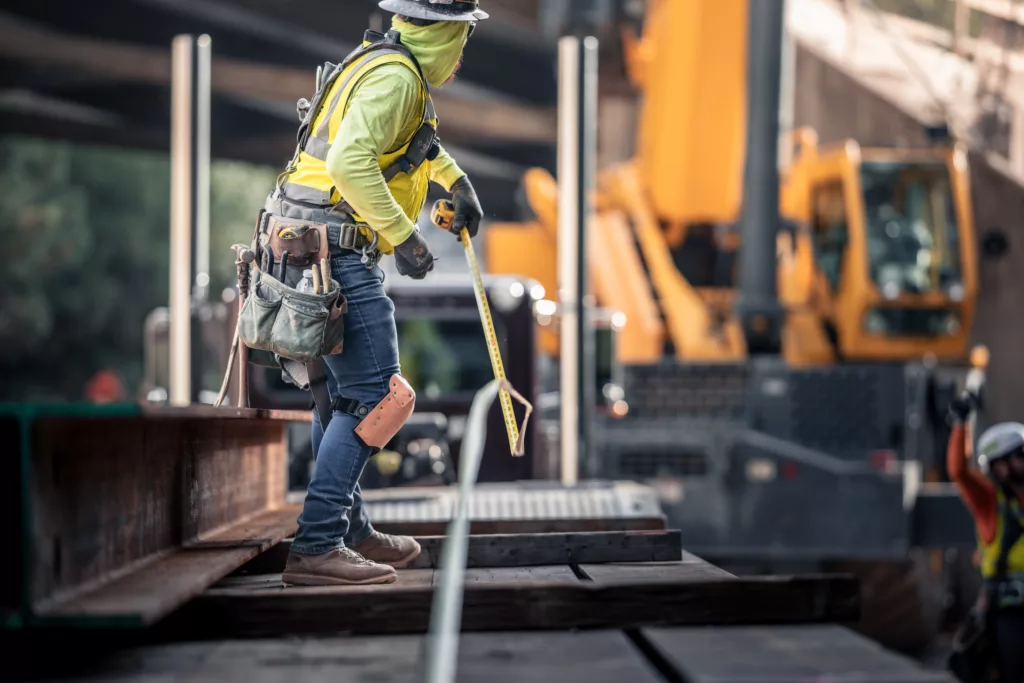
Post-Construction Phase
- Final Shots: Focus on the completed project, highlighting key architectural features and the overall structure.
- Editing: Process images to enhance quality, correct lighting, and ensure they align with the intended use.
Special Considerations
- Safety: Always prioritize safety, adhering to construction site protocols.
- Legal Permissions: Ensure all necessary permissions and rights are obtained for photography on the site.
- Client Collaboration: Work closely with the client to ensure the photographs meet their expectations and requirements.
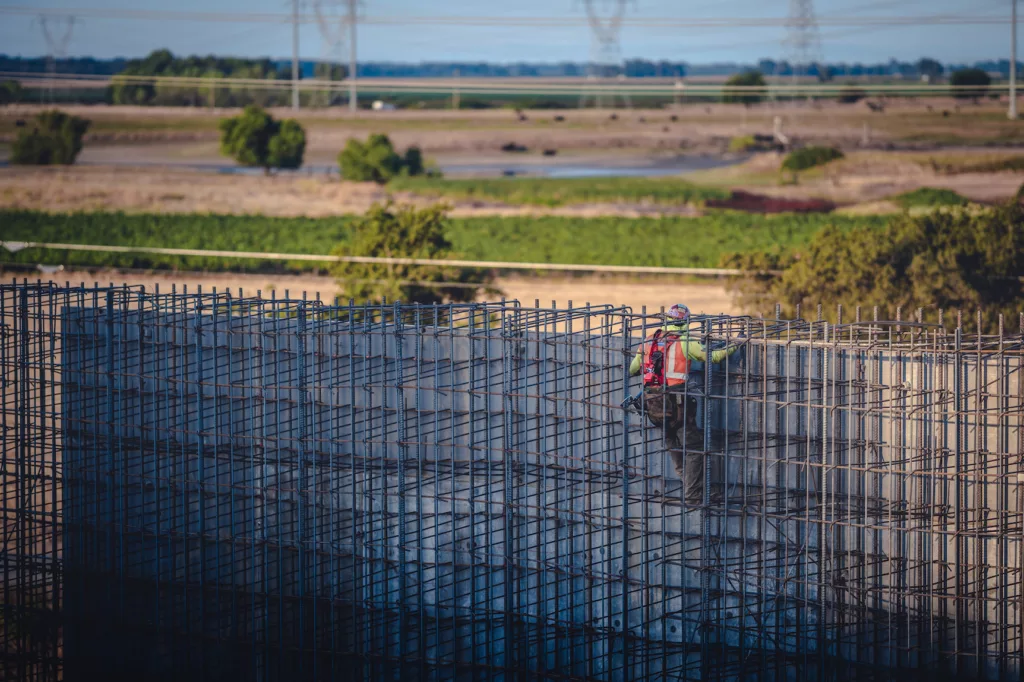
Conclusion
Construction photography is a meticulous process that requires careful planning, the right equipment, and execution. From capturing the early stages of a project to the final touches of the construction, this form of photography plays a pivotal role in documenting and showcasing the journey of a construction project. It not only serves as a record of progress and achievement but also as a powerful tool for marketing and storytelling in the construction industry.
![Construction worker photoshoots and site photography [iss_alt_text_page_title_city_state]](https://www.danielmekis.com/wp-content/uploads/2023/10/Under-Construction-image-by-Daniel-Mekis-jpg.webp)